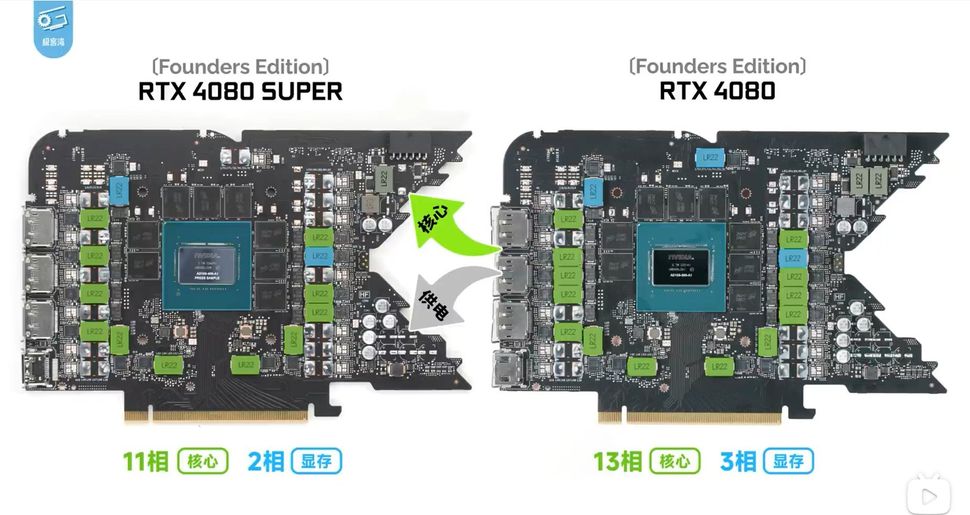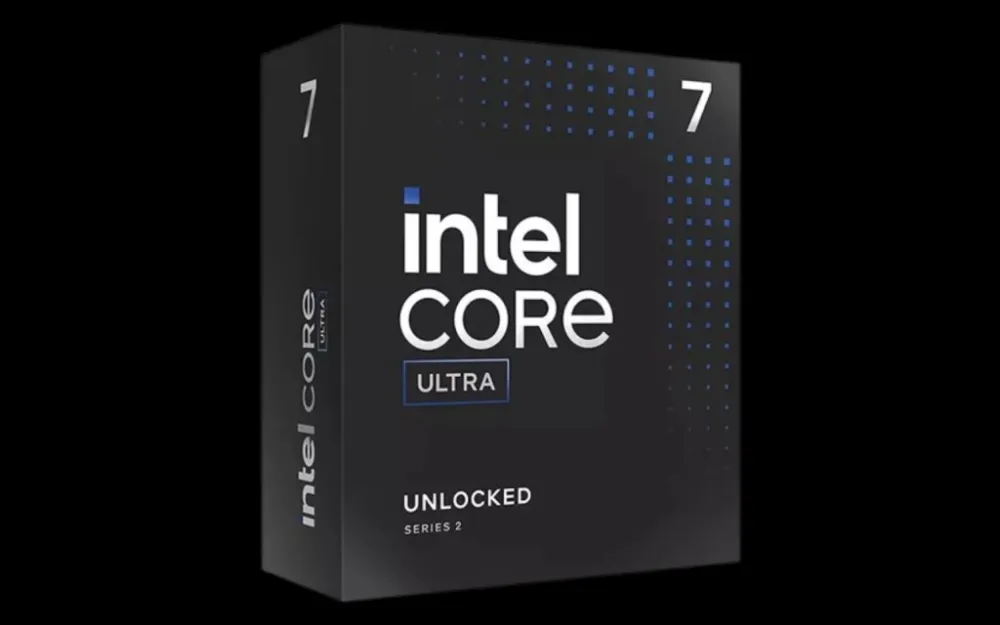It seems the newly released GeForce RTX 4080 Super features a more basic PCB design compared to the original GeForce RTX 4080.
In 2022, Nvidia launched the Founders Edition RTX 4080 with thirteen power phases for the AD103 GPU and three for the GDDR6X memory. Meanwhile, its latest Super launch only features an 11-phase VRM.
This change is most likely justified by the AD103 GPU’s lower performance fluctuation, which eliminates the need for an extremely strong power supply because the GPU runs with 10,240 CUDA cores at rates as high as 2,550 MHz.

The AD103 GPU seems to be compatible with the updated 11+2 phase VRM design.
This new updated VRM design is probably the reason behind the $200 price reduction from the original $1,199 MSRP. It is also unlikely that these design modifications will have a major impact on GPU stability and life in the long run.
The majority of the RTX 4080 Super cards are built on the original’s foundations, sharing similar TDP requirements. This is also the reason why board partners did not bother redesigning their GeForce RTX 4080 Super PCB design.
However, Nvidia decided to do this with its Founders Edition cards for an unknown reason. Though an official reason is unknown, one can speculate that it helps bring costs down without impacting performance.
Thank you! Please share your positive feedback. 🔋
How could we improve this post? Please Help us. 😔
[News Reporter]
Malik Usman is student of Computer Science focused on using his knowledge to produce detailed and informative articles covering the latest findings from the tech industry. His expertise allows him to cover subjects like processors, graphics cards, and more. In addition to the latest hardware, Malik can be found writing about the gaming industry from time to time. He is fond of games like God of War, and his work has been mentioned on websites like Whatculture, VG247, IGN, and Eurogamer.


 Threads
Threads

